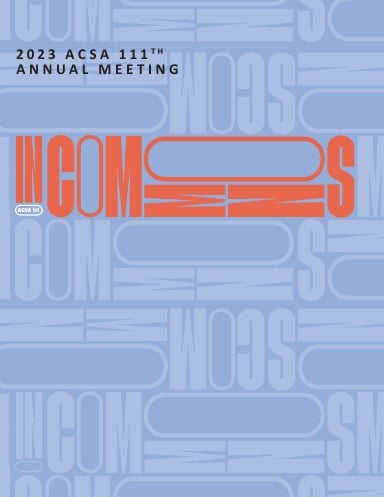Author(s): Nicholas Brinen
Between 2020-2022 supply chains saw delays and scarcity, especially in the realm of building and construction materials. Years before the 2020 pandemic disrupted economic systems, public agencies in the eastern half of the United States were, and still are, battling the pandemic of the Emerald Ash Borer (EAB) and its infestation of the ash tree species. Today EAB infestations have been observed in 36 states. While the total number of ash trees removed in the US is incalculable at this point, Michigan has recorded 30 million felled trees so far due to EAB infestations.1 This pest has quickly become one of the most damaging insects to ascend upon the landscapes and streetscapes of the United States (see Figure 1). The removal and processing of the infested trees also poses an immense economical cost to the public. And yet, a larger subsequent question looms, what to do with the logs from the felled ash trees? Because of the absence of a clear alternative pathway for this valuable and viable building material, the wood is typically treated as waste and slated for a landfill, mulch, or firewood. In total, the labor, equipment, and energy used to dispose of ash logs signify inefficiency and lack of resourcefulness. 2 However, by studying businesses in storm prone areas that view damaged trees as a resource, the efforts of design- build programs can route this material stream to reconnect it with local communities and public agencies.
https://doi.org/10.35483/ACSA.AM.111.48
Volume Editors
ISBN
978-1-944214-41-8

 Study Architecture
Study Architecture  ProPEL
ProPEL 
